Researchers have developed a “blind quantum computing” method enabling secure, scalable quantum cloud computing connecting quantum entities over networks.
Category: quantum physics – Page 352
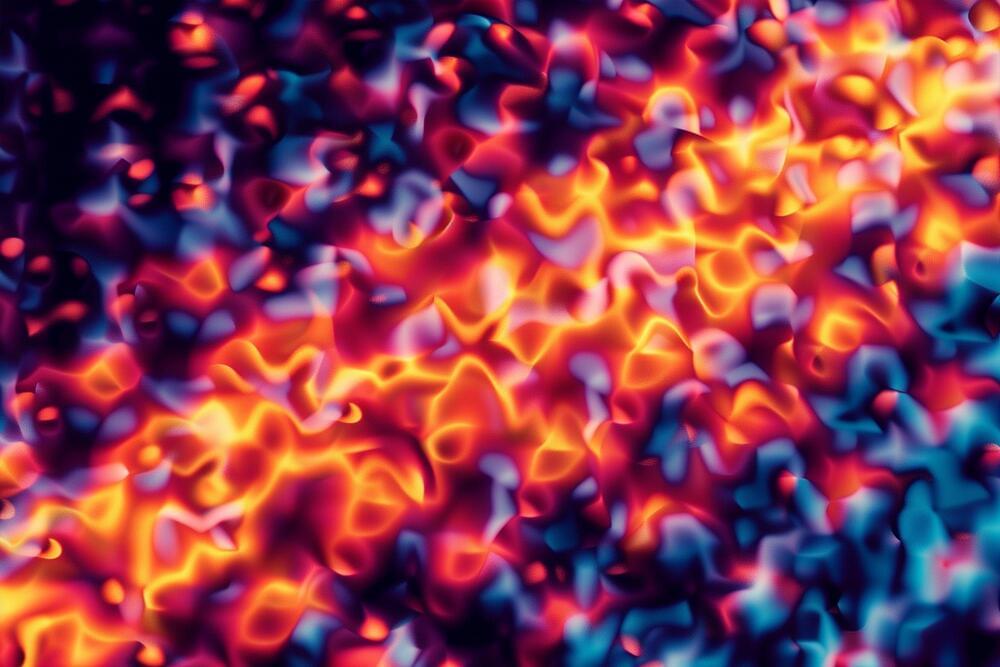
Quantum Control Unlocked: Creating Resistance-Free Electron Channels
Unveiling Chiral Interface States
The chiral interface state is a conducting channel that allows electrons to travel in only one direction, preventing them from being scattered backward and causing energy-wasting electrical resistance. Researchers are working to better understand the properties of chiral interface states in real materials but visualizing their spatial characteristics has proved to be exceptionally difficult.
But now, for the first time, atomic-resolution images captured by a research team at Berkeley Lab and UC Berkeley have directly visualized a chiral interface state. The researchers also demonstrated on-demand creation of these resistance-free conducting channels in a 2D insulator.
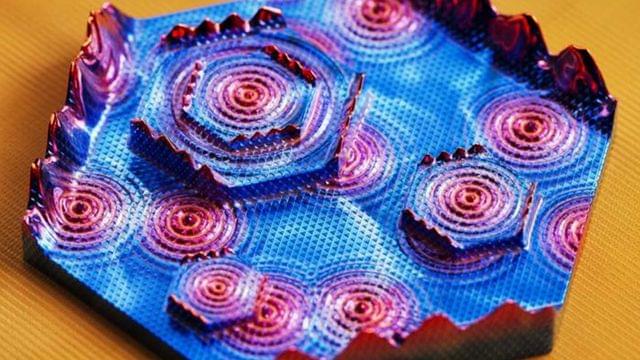
Novel Quantum Effect Observed in a Crystalline Material
Physicists have observed a novel quantum effect termed “hybrid topology” in a crystalline material. This finding opens up a new range of possibilities for the development of efficient materials and technologies for next-generation quantum science and engineering.
The finding, published on April 10th in the journal Natur e, came when Princeton scientists discovered that an elemental solid crystal made of arsenic (As) atoms hosts a never-before-observed form of topological quantum behavior. They were able to explore and image this novel quantum state using a scanning tunneling microscope (STM) and photoemission spectroscopy, the latter a technique used to determine the relative energy of electrons in molecules and atoms.
This state combines, or “hybridizes,” two forms of topological quantum behavior—edge states and surface states, which are two types of quantum two-dimensional electron systems. These have been observed in previous experiments, but never simultaneously in the same material where they mix to form a new state of matter.

Breaking the Limits: Overcoming Heisenberg’s Uncertainty in Quantum Measurements
Aalto University researchers are the first in the world to measure qubits with ultrasensitive thermal detectors—thus evading the Heisenberg uncertainty principle.
Chasing ever-higher qubit counts in near-term quantum computers constantly demands new feats of engineering.
Among the troublesome hurdles of this scaling-up race is refining how qubits are measured. Devices called parametric amplifiers are traditionally used to do these measurements. But as the name suggests, the device amplifies weak signals picked up from the qubits to conduct the readout, which causes unwanted noise and can lead to decoherence of the qubits if not protected by additional large components. More importantly, the bulky size of the amplification chain becomes technically challenging to work around as qubit counts increase in size-limited refrigerators.

The multiverse could be much, much bigger than we ever imagined
A new way of interpreting the elusive mathematics of quantum mechanics could fundamentally change our understanding of reality.
Quintessence (physics)
In physics, quintessence is a hypothetical form of dark energy, more precisely a scalar field, postulated as an explanation of the observation of an accelerating rate of expansion of the universe. The first example of this scenario was proposed by Ratra and Peebles (1988)[1] and Wetterich (1988).[2][3] The concept was expanded to more general types of time-varying dark energy, and the term “quintessence” was first introduced in a 1998 paper by Robert R. Caldwell, Rahul Dave and Paul Steinhardt.[4] It has been proposed by some physicists to be a fifth fundamental force.[5][6][7][8] Quintessence differs from the cosmological constant explanation of dark energy in that it is dynamic; that is, it changes over time, unlike the cosmological constant which, by definition, does not change. Quintessence can be either attractive or repulsive depending on the ratio of its kinetic and potential energy. Those working with this postulate believe that quintessence became repulsive about ten billion years ago, about 3.5 billion years after the Big Bang.[9]
A group of researchers argued in 2021 that observations of the Hubble tension may imply that only quintessence models with a nonzero coupling constant are viable.[10].
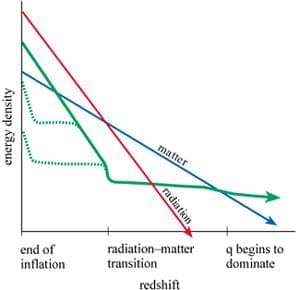
About Quintessence: the time-evolving form of energy which drives the expansion of the universe
In this weeks continuation article of Dark Energy and what it is, we will be looking at Quintessence: which could be what dark matter is made of.
Quintessence. It is a “time-evolving and spatially dependent form of energy with negative pressure sufficient to drive the accelerating expansion” (Cladwell R.R. and Steinhardt P.J., 2000a, para 41).
Since it has negative pressure, it also has negative gravity. This negative gravity could explain the expansion of the universe. There are many models to describe quintessence, the simplest being, the fact that quintessence might be a quantum field with very long wavelength stretching across the universe. Negative gravity arises in this field by the negative pressure, and we can calculate the pressure by subtracting the Kinetic and Potential energies of the rate of oscillations in the field strength. This model is also successful, because it explains how the density of Dark Energy, or quintessence, changed over time, and fits in with the idea that dark energy must have been insignificant during the early universe to allow the large scale structures to form.
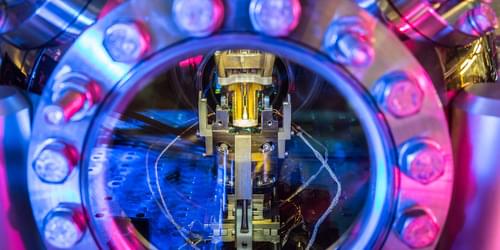
How to Speed up a Quantum Network
A future quantum network of optical fibers will likely maintain communication between distant quantum computers. Sending quantum information rapidly across long distances has proved difficult, in part because most photons don’t survive the trip. Now Viktor Krutyanskiy of the University of Innsbruck, Austria, and his colleagues have more than doubled the success rate for sending photons that are quantum mechanically entangled with atoms to a distant site [1]. Instead of the previous approach of sending photons one at a time and waiting to see if each one arrives successfully, the researchers sent photons in groups of three. They believe that sending photons in larger numbers should be feasible in the future, allowing much faster transmission of quantum information.
Quantum networks require entanglement distribution, which involves sending a photon entangled with a local qubit to a distant location. The distribution system must check for the arrival and for the entanglement of each photon at the remote site before another attempt can be made, which can be time consuming. For a 100-km-long fiber, the light travel time combined with losses in the fiber and other inefficiencies limit the rate for this process to about one successful photon transfer per second using state-of-the-art equipment.
For faster distribution, Krutyanskiy and his colleagues trapped three calcium ions (qubits) in an optical cavity and performed repeated rounds of their protocol: in rapid sequence, each ion was triggered to emit an entangled photon that was sent down a 101-km-long, spooled optical fiber. In one experiment, the team performed nearly 900,000 of these “attempts,” detecting entangled photons at the far end 1906 times. The effective success rate came out to 2.9 per second. The team’s single-ion success rate was 1.2 per second.
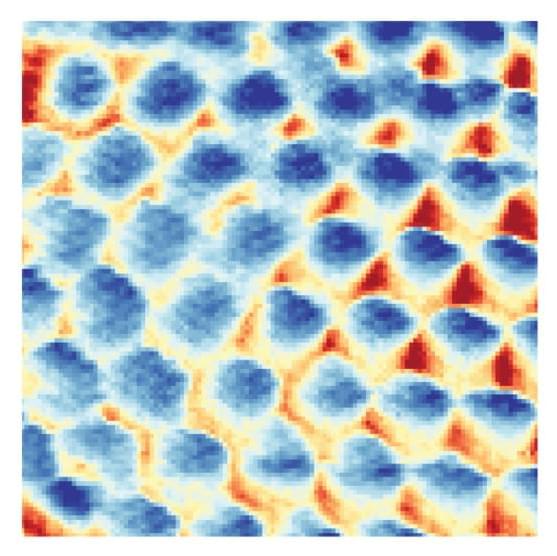
Quantum crystal of frozen electrons—the Wigner crystal—is visualized for the first time
Electrons—the infinitesimally small particles that are known to zip around atoms—continue to amaze scientists despite the more than a century that scientists have studied them. Now, physicists at Princeton University have pushed the boundaries of our understanding of these minute particles by visualizing, for the first time, direct evidence for what is known as the Wigner crystal—a strange kind of matter that is made entirely of electrons.
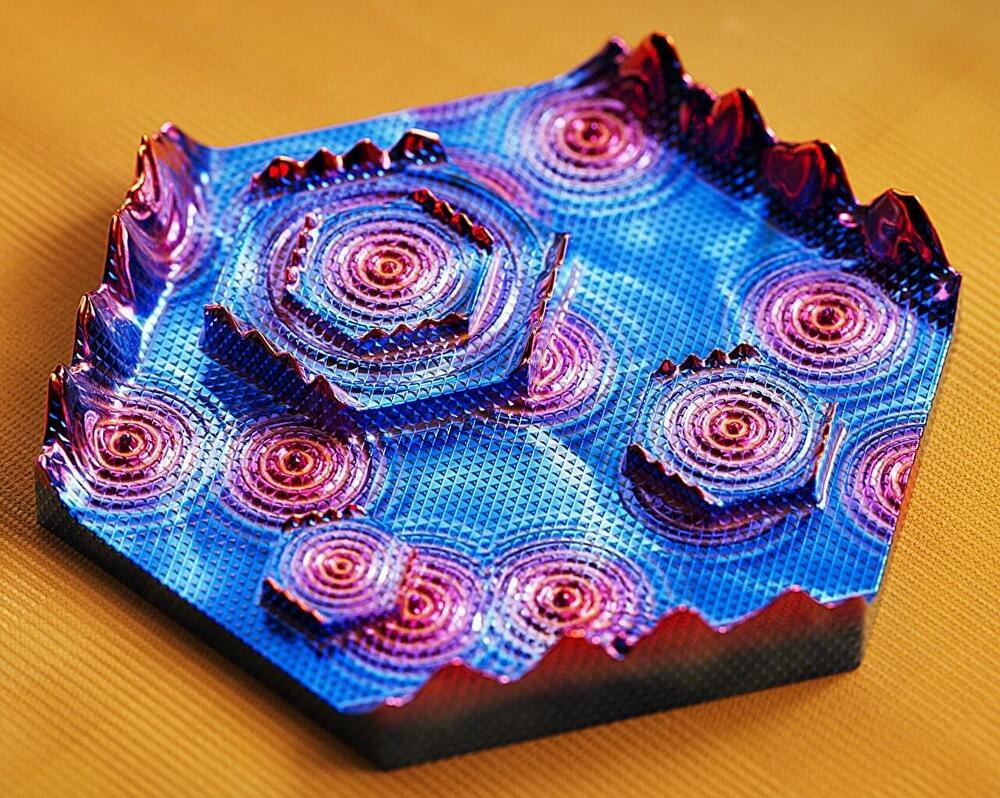
Physicists discover a novel quantum state in an elemental solid
For more than a decade, scientists have used bismuth (Bi)-based topological insulators to demonstrate and explore exotic quantum effects in bulk solids mostly by manufacturing compound materials, like mixing Bi with selenium (Se), for example. However, this experiment is the first time topological effects have been discovered in crystals made of the element As.
“The search and discovery of novel topological properties of matter have emerged as one of the most sought-after treasures in modern physics, both from a fundamental physics point of view and for finding potential applications in next-generation quantum science and engineering,” said Hasan. “The discovery of this new topological state made in an elemental solid was enabled by multiple innovative experimental advances and instrumentations in our lab at Princeton.”
An elemental solid serves as an invaluable experimental platform for testing various concepts of topology. Up until now, bismuth has been the only element that hosts a rich tapestry of topology, leading to two decades of intensive research activities. This is partly attributed to the material’s cleanliness and the ease of synthesis. However, the current discovery of even richer topological phenomena in arsenic will potentially pave the way for new and sustained research directions.